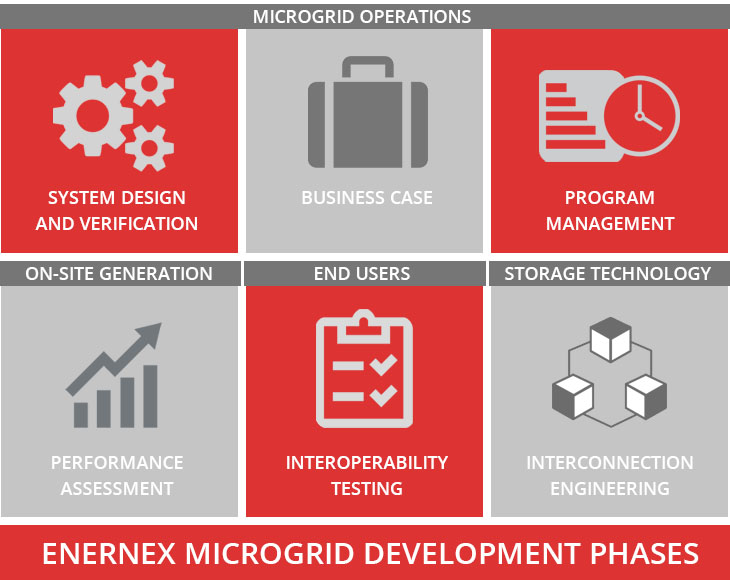 Ron Chebra, VP of Grid Modernization, shares his views on the early history of AMI in this T&D World article.
Ron Chebra, VP of Grid Modernization, shares his views on the early history of AMI in this T&D World article.
Some electric utility personnel will tell you they are convinced their industry is more technologically advanced than the water utility industry, even though AMI provides notable exceptions. For example, did you know that the first advanced metering infrastructure was installed in the 1980s at a water utility, not an electric utility?
The poet TS Eliot said you can see things more clearly after you come around full circle, so let’s start by looking through the lens of customer engagement across water and electric service generally, then look at a recent big electric utility acquisition of a water utility, before we return to take a look back at AMI’s early history.
An AMI Advantage Water Utilities Have over Electric Utilities?
There are water utility customer service personnel who currently utilize real-time AMI to delight their customers. These utility customer service personnel make contact with customers to prevent leaks from damaging their homes or businesses. In some cases, based on arrangements made in advance with customers, the AMI data can be used to remotely shut off water service, preventing damage even when the customer is away from the location (e.g. preventing damage from frozen pipes in the winter at an empty vacation home).
In these interactions utilizing water utility AMI data, the customers typically welcome this sort of “utility intrusion” into their privacy. And even when no property damage is involved, these customers also welcome help from their water utility to lower water bills by receiving alerts about slow water leaks.
In contrast, for some electric utility customers, it may tend to feel more like “Big Brother is watching me” if they had their electric utility contact them, suggesting their HVAC seems overloaded and suggesting they should check for open doors or windows. Yet in theory at least, and in practice in some near-term or current cases, more and more electric utilities could find themselves in the position of being able to provide this type of service, based on analysis of real-time electric meter data and home energy network data.


